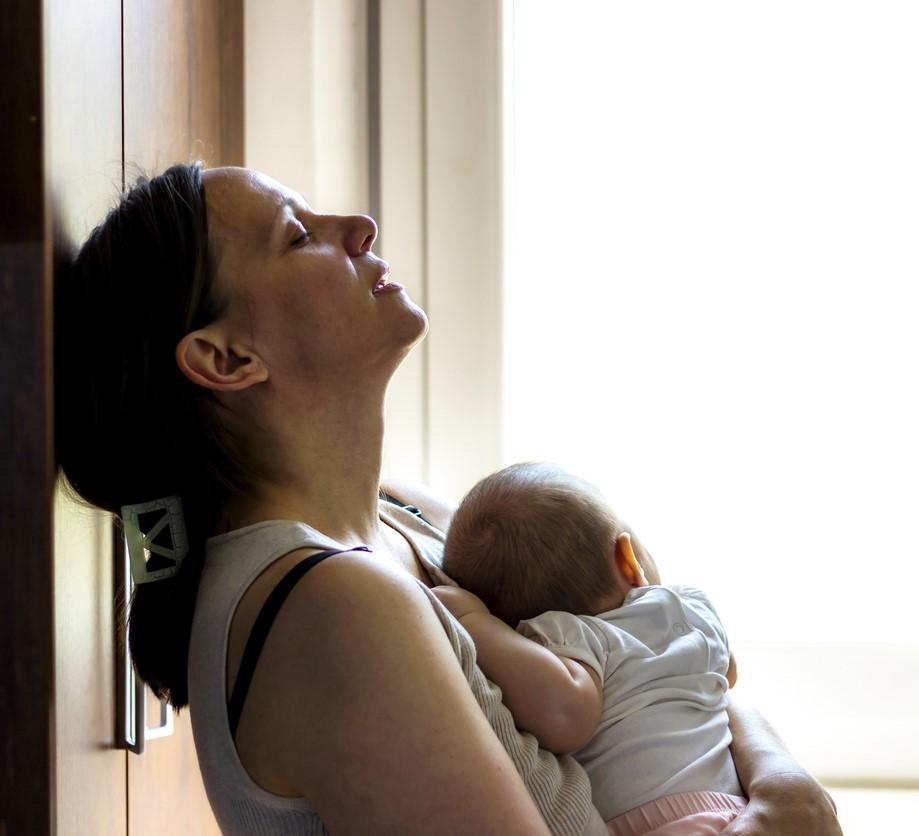COVID-19 exacted the steepest mental health toll on US adults with low incomes, multiple pandemic-related stressors, younger age, and single marital status, according to a study today in The Lancet Regional Health – Americas.
Led by Boston University researchers, the study involved online and phone surveys of the same group of participants in the AmeriSpeak standing panel from Mar 31, 2020, to Apr 13, 2020 (T1), and from Mar 23, 2021, to Apr 19, 2021 (T2). Participants completed the Patient Health Questionnaire-9 (PHQ-9) and indicated whether they had ever experienced any of a series of stressors (eg, food insecurity, job loss, death of loved ones) as a result of COVID-19.
The researchers compared the results with depression prevalence data from 5,065 participants in the 2017 to 2018 National Health and Nutrition Examination Survey.
Of the 1,161 T2 participants, 51.8% (weighted) were women, 62.8% were White, 46.6% were married, 30.9% had annual incomes of more than $75,000, 17.0% earned less than $20,000, 35.1% had saved less than $5,000, and 37.1% reported at least four pandemic-related stressors. Mean PHQ-9 scores also rose from T1 to T2 (6.7 vs 7.4, indicating mild to moderate depression during both periods), compared with 3.16 (no or minimal depression) before the pandemic.
Mental health gaps widened
Of all respondents, 27.8% met the criteria for elevated depressive symptoms at T1, compared with 32.8% at T2 (difference, 5.7%). At T2, 43.9% of those aged 18 to 39 versus 32.4% of those 40 to 59 and 19.1% of those 60 and older were more likely to report depression.
Women were 1.6 times more likely than men to report depressive symptoms, never-married participants were 1.6 times more likely than married participants, and those who were widowed, divorced, or separated were 1.7 times more likely.
Low income and lack of savings also predisposed participants to depressive symptoms, affecting 58.1% of those earning no more than $19,999, 41.3% making $20,000 to $44,999, 31.4% earning $45,000 to $74,999, 14.1% making at least $75,000, and 50.5% of those who had saved less than $5,000, versus 24.2% among those with greater savings.
Likewise, respondents with more stressors had more depressive symptoms (51.1% of those with four or more stressors, 25.8% with two or three, and 17.0% with zero or one). All participants except those with annual incomes of $75,000 or higher, those with zero or one stressor, and Asian respondents showed a high prevalence of depression at T2.
The odds of depression tied to low income and more stressors rose steeply from T1 to T2. At T1, relative to participants with an income of at least $75,000, those who made $19,999 or less were at 2.3 times the odds of depression, but by T2, they had 7.0 times the odds.
T1 respondents reporting at least four stressors were at 1.9 times the risk of depression, compared with 5.4 times among T2 participants, regardless of sex, age, race, education, marital status, income, or number of household members.
Longer depression than after Sep 11 attacks
The study authors noted that the prevalence of poor mental health after the pandemic began seems larger than that after other large-scale traumatic events, such as Hurricane Ike in Texas (4.9%), Ebola in Sierra Leone (6%), and the Hong Kong anti-extradition protests (11.2%).
Similarly, the persistence of depressive symptoms over 1 year was greater than that after the Sep 11, 2001, World Trade Center attacks (17% after 2 months, declining to 5.8% after 6 months) and Hurricane Ike (8.6% after 8 months).
"Typically, we would expect depression to peak following the traumatic event and then lower over time," senior author Sandro Galea, MD, MPH, DrPH, said in a Boston University School of Medicine news release. "Instead, we found that 12 months into the pandemic, levels of depression remained high."
The researchers urged identification of Americans who continue to have pandemic-related stressors and few resources. "Mental health interventions should be prioritized among this group," they wrote. "While much attention has rightly been paid to the physical health effects of the COVID-19 pandemic, this study suggests that depressive symptoms remain high at the population level and that socioeconomic inequities in mental health are widening."
Lead author Catherine Ettman, a Brown University PhD candidate, said that depressive symptoms may have been even worse had it not been for COVID-19 relief funds and the development of effective vaccines. "Addressing stressors such as job loss, challenges accessing childcare, and difficulties paying rent will help to improve population mental health and reduce inequities that have deepened during the pandemic."




















